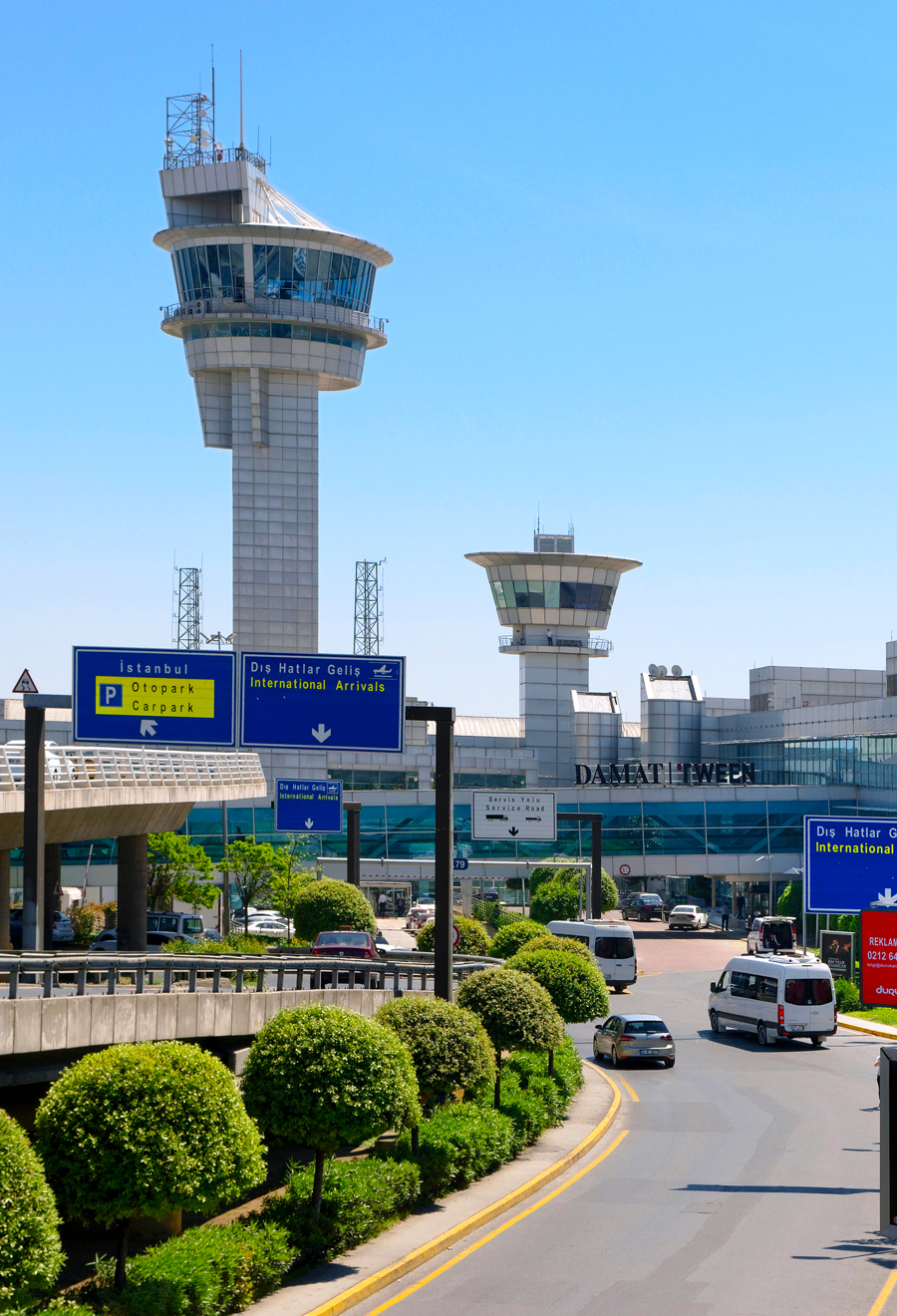As air travel has boomed over the decades, airports that were once at the forefront of aviation have fallen by the wayside, their layouts too outdated or their airfields too constrained to handle growing passenger demand and the needs of modern travelers. From Denver’s Stapleton Airport, once one of America’s busiest hubs, to Hong Kong’s former airport that was infamously sandwiched between residential high-rises, here are five famous airports you may have forgotten.
Kai Tak Airport – Hong Kong
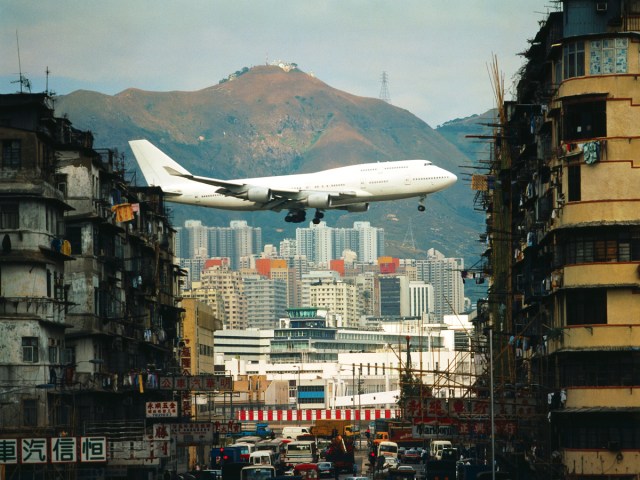
Before it closed in 1998, Kai Tak Airport was infamous for its hair-raising final approach. The busy international airport — named after two businessmen, Ho Kai and Au Tak, who originally developed the land — was located in the heart of Hong Kong’s densely populated Kowloon neighborhood. That required pilots to make challenging maneuvers between high-rise buildings as they lined up to land on the runway.
“As a pilot, it was totally unique,” former Cathay Pacific Airways pilot Russell Davie shared with CNN. “It was the only major airport in the world that required a 45-degree turn below 500 feet to line up with the runway.” And one former Hong Kong resident told Cathay Pacific of “landing at Kai Tak and seeing into a flat — a girl was brushing her hair by the window. It was that close.”
But with a single main runway and no space around it to expand, by the 1980s Kai Tak was bursting at the seams. As with Denver’s new airport, government officials searched for a site to build a brand-new airport that could accommodate more passengers.
They chose the islands of Chep Lap Kok and Lam Chau, which had to be flattened and partially reclaimed from the sea to house the new airport. Construction began in 1991, and the new Hong Kong International Airport opened in 1998. It was the world’s most expensive airport to build, costing over $20 billion. The former Kai Tak site is now part of the Kai Tak Development, an ongoing project that will include a cruise terminal, parks, and commercial and residential properties.
Stapleton Airport – Denver, Colorado

Stapleton Airport served as the primary gateway to the Mile High City for over six decades. Opened in 1929, the airport was eventually named after Denver mayor Benjamin Stapleton, an early champion of establishing the city as a hub for the burgeoning aviation industry at the time. By 1960, Stapleton was the fifth-busiest in the country by aircraft movements and welcomed 1.5 million passengers annually.
However, as passenger traffic continued to boom over the next few decades, the airport ran out of room to expand. Its inadequate runway layout led to frequent delays, and residents in nearby neighborhoods complained about noise. Ultimately, city officials decided to start from scratch and build a new international airport 25 miles northeast of downtown.
After Denver International Airport — now one of the world’s busiest airports — opened in 1995, Stapleton was closed to commercial traffic. Over the next two decades, it was slowly redeveloped into a residential community named Central Park, and now all that remains of the airport is the old control tower, which is open to the public for tours.
Tegel Airport – Berlin, Germany
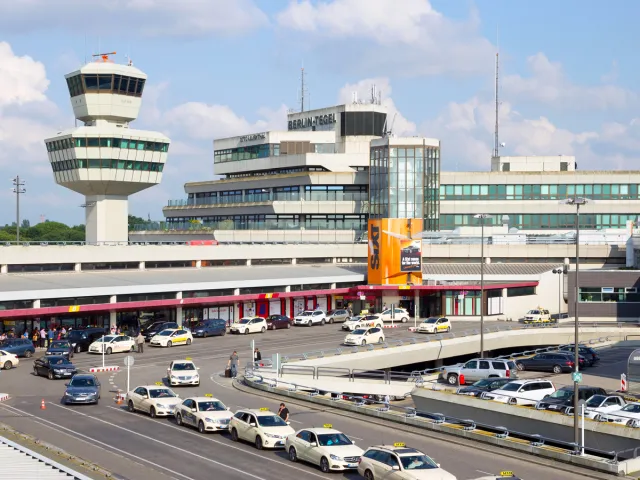
For many decades, Tegel Airport stood as a symbol for freedom and a critical lifeline for West Germany during the turbulent Cold War period. The airport was built in just 90 days in 1948 during the Soviet Blockade to support the Berlin Airlift. Eventually, Tegel became Germany’s fourth-busiest airport, and after German reunification in 1990, passenger traffic surged. The airport, which was designed to handle just 2.5 million people annually, welcomed 24 million passengers in 2019.
In the 1990s, city officials began laying the groundwork for a new airport, Brandenburg, to replace the outdated and cramped Tegel Airport, but by the time work began in 2006, the new project faced multiple construction delays and ran billions of dollars over budget. Finally, in 2020, Brandenburg Airport opened, and the last flight from Tegel took off to Paris’ Charles de Gaulle Airport. Now, plans are in place to transform the former airport into an expansive and modern eco-friendly community with 5,000 homes and up to 1,000 businesses.
Mirabel Airport – Montreal, Canada
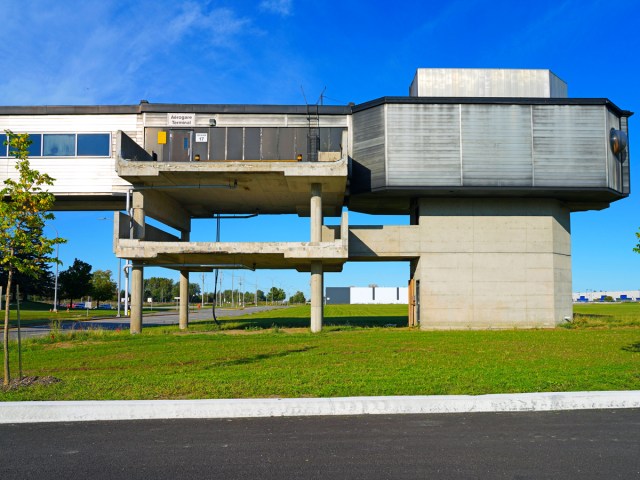
Montréal’s ambitious Mirabel International Airport opened in 1975 in time for the 1976 Summer Olympics, but the last commercial passenger flight from the airport took off less than three decades later in 2004. What former Prime Minister Pierre Trudeau hailed as “a project for the 21st century” later became known as “le scandale Mirabel” (the Mirabel scandal) and Canada’s “white elephant.”
In the 1970s, the government proposed a new international airport to replace the smaller Dorval Airport near the city center, which officials predicted would run out of room to expand. They chose a site 45 miles northwest of downtown Montreal and began requiring airlines to use the new Mirabel for all international flights, with domestic flights remaining at Dorval.
Unsurprisingly, the arrangement — coupled with a lack of adequate transportation connections — proved unpopular with travelers. At the same time, Montreal’s status as Canada’s primary economic center began to decline as businesses shifted to Toronto amid the Quebec separatist movement. In 1997, the city began consolidating flights back at Dorval, now known as Montréal-Pierre Elliott Trudeau International Airport, and passenger traffic at Mirabel further fell off a cliff. The airport was designed to handle up to 6.8 million passengers annually, but by the time the last commercial flight took off in 2004, only 800,000 people used it.
After it closed to passenger traffic, Mirabel was used as a movie set (you may recognize it from the 2006 Tom Hanks film The Terminal) and as a racetrack. The passenger terminal was demolished in 2014, but the airport continues to serve cargo flights and private jets, and it also houses an aircraft manufacturing facility for Bombardier Aerospace and Airbus.
Atatürk Airport – Istanbul, Turkey
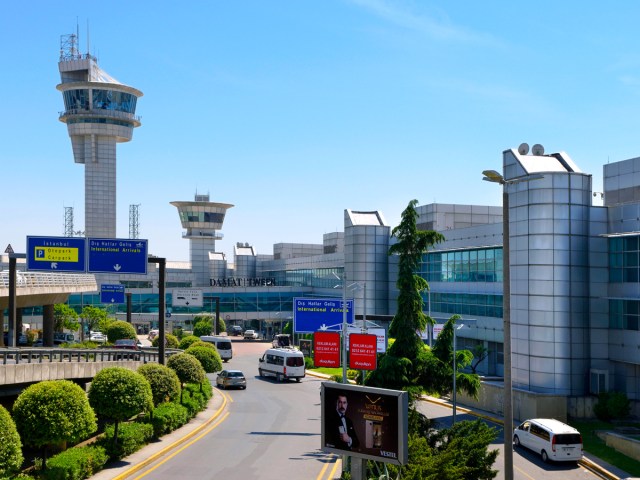
Opened in 1924 and renamed in the 1980s after the first president of Turkey, Atatürk Airport served as the primary gateway to Istanbul for nearly a century. By the 2010s, it had become one of the busiest airports in Europe, serving 68 million passengers in 2018, its last full year of operation.
Atatürk was eventually replaced by Istanbul Airport, which cost over $8 billion to construct and can handle 90 million passengers a year to accommodate Turkey’s booming air traffic demand. The country’s flag carrier, Turkish Airlines, serves more countries than any other airline, funneling millions of passengers on connections through its Istanbul hub. And there’s room to expand the new Istanbul Airport even further to handle up to 200 million passengers annually.
The new airport has been a hit — with hundreds of shops and restaurants and soaring architecture, it was voted the world’s best airport in 2024 by Travel + Leisure readers. Meanwhile, Atatürk still handles cargo and general aviation flights, but there are plans to transform part of the existing site into one of the world’s largest urban parks.
More from our network
Daily Passport is part of Inbox Studio, which publishes content that uplifts, informs, and inspires.






